
Ingredient
White fonio grain
The Ancient Superfood: Unlocking the Power of White Fonio Grain
White fonio grain is a tiny, gluten-free grain that is similar in size to couscous. It has a delicate texture and a nutty flavor, making it a versatile ingredient in both sweet and savory dishes. The grain is ivory in color and has a fluffy, light consistency when cooked. It is known for its quick cooking time, making it a convenient choice for busy individuals.
Origins and history
White fonio grain originated in West Africa, particularly in countries like Senegal, Nigeria, and Mali. It has been cultivated for over 5,000 years and is considered one of the oldest cultivated grains in Africa. Fonio grain holds cultural significance in many West African communities and is often used in traditional ceremonies and celebrations.
Nutritional information
White fonio grain is a nutritional powerhouse, packed with essential nutrients such as iron, magnesium, zinc, and B vitamins. It is also rich in dietary fiber and protein, making it a great choice for vegetarians and vegans. A 1/4 cup serving of cooked fonio grain contains approximately 160 calories.
Allergens
White fonio grain is gluten-free and does not contain any known allergens.
How to select
When selecting white fonio grain, look for packages that are tightly sealed and free from any signs of moisture or insect damage. Opt for organic or sustainably sourced varieties whenever possible.
Storage recommendations
To maintain the freshness of white fonio grain, store it in an airtight container in a cool, dry place. It can also be stored in the refrigerator or freezer for extended shelf life.
How to produce
White fonio grain can be grown in warm climates with well-drained soil. It requires minimal water and can be harvested within 6-8 weeks after planting. It is suitable for small-scale farming and can be easily cultivated by amateur gardeners.
Preparation tips
Before cooking, rinse the fonio grain thoroughly to remove any impurities. To cook, combine 1 cup of fonio grain with 2 cups of water or broth and bring to a boil. Reduce heat, cover, and simmer for about 5 minutes until the grains are tender and fluffy. Fluff with a fork before serving. Fonio grain can be used as a base for salads, pilafs, porridges, or as a gluten-free alternative to couscous or rice.
Substitutions
Quinoa or millet can be used as substitutes for white fonio grain in recipes if needed. Both grains have a similar texture and can provide a comparable nutty flavor.
Culinary uses
White fonio grain is commonly used in West African cuisine to make dishes like fonio pilaf, fonio porridge, or as a side dish to accompany stews and sauces. It can also be used in baking to add texture and flavor to bread, muffins, or cookies.
Availability
White fonio grain is primarily cultivated and consumed in West African countries such as Senegal, Nigeria, Mali, and Guinea. It is also available in specialty stores or online retailers that cater to African or international ingredients.
More ingredients from this category

Canary grass grain
The Nutritional Powerhouse: Canary Grass Grain

Finger millet grain
The Nutritional Powerhouse: Finger Millet Grain
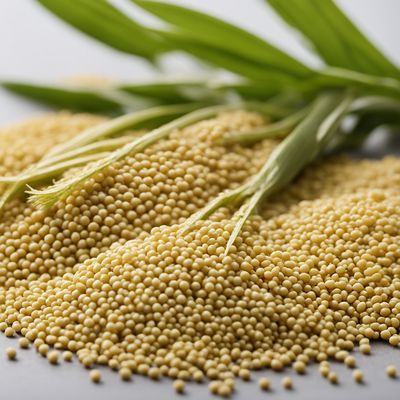
Barnyard millet
The Tiny Grain with Big Benefits: Exploring the Wonders of Barnyard Millet
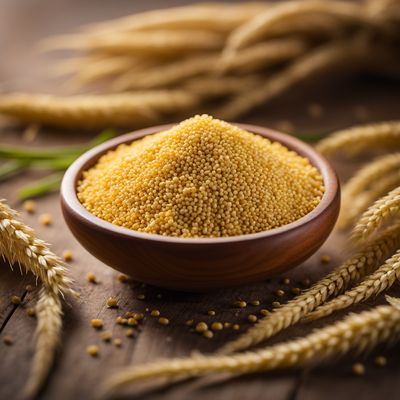
Common millet grain
The Mighty Millet: A Nutritious Ancient Grain
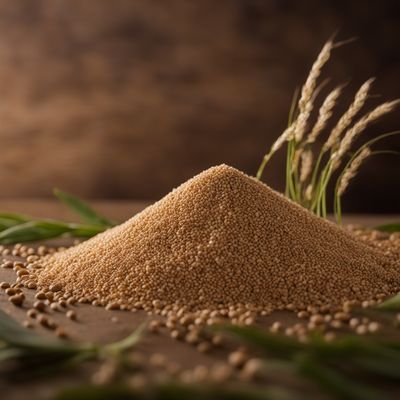
Teff grain
Teff: The Ancient Superfood

Little millet grain
The Mighty Mini Grain
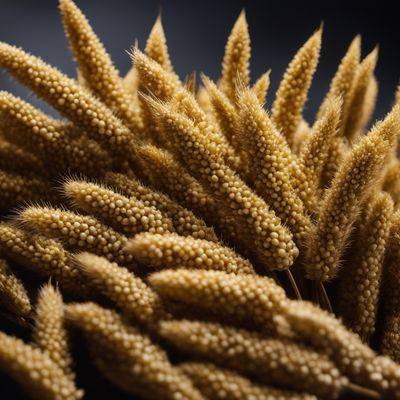
Pearl millet grain
The Nutrient-Rich Ancient Grain: Pearl Millet Unveiled

Job's tears grain
The Ancient Grain of Health
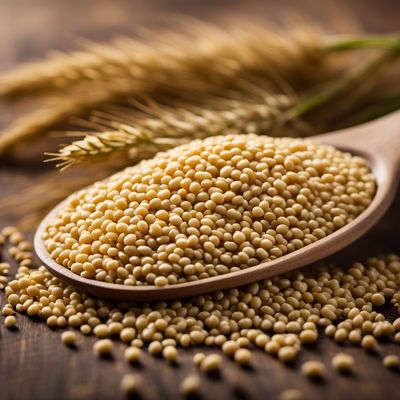
Foxtail millet grain
The Ancient Superfood: Foxtail Millet Grain
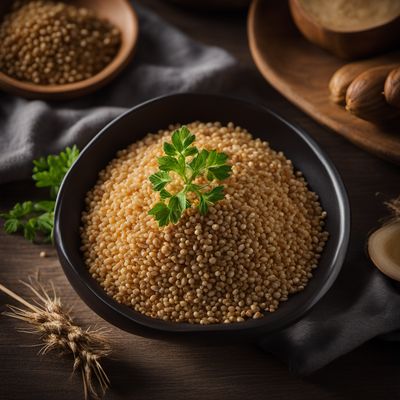
Black fonio grain
The Tiny Nutritional Powerhouse